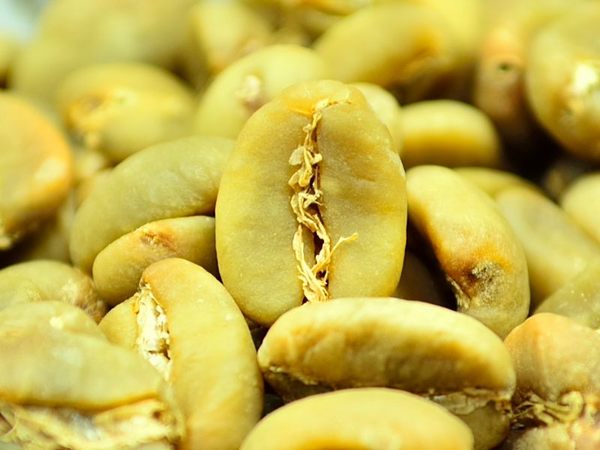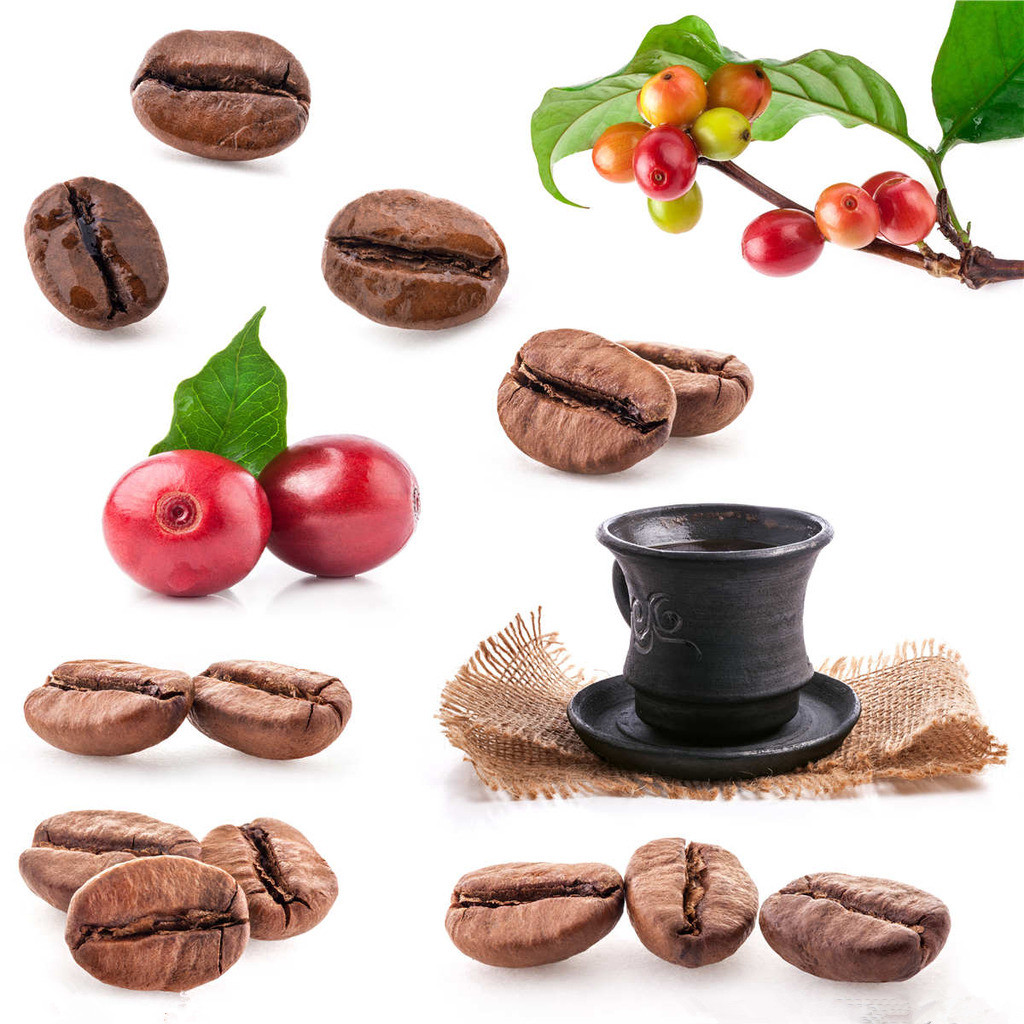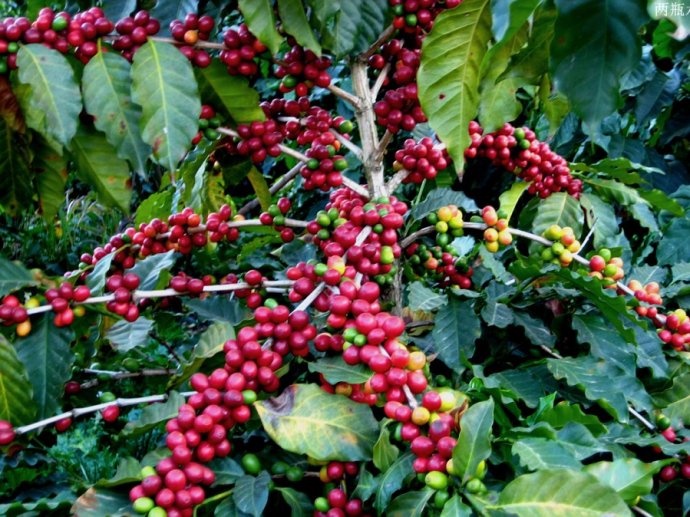Treatment of raw coffee beans from planting to transportation: pulp peeling, fermentation, drying, selection
The harvested coffee fruit is transported to the processing plant. The factory processes peeling, fermentation, drying, sorting and other processes for processing coffee beans. Remove the pulp, pick out the bad beans, soak and ferment in water, and re-dry in the sun. After this series of complex processes, you can get fresh raw beans. This process has a great impact on the quality of coffee beans, any of which can not be missing. In particular, the fermentation process has a decisive effect on taste and aroma, so it takes a lot of energy. Coffee beans taken from the sink must go through the drying process. The drying process is divided into natural drying method using sunlight and artificial drying method using dryer. Of course, in order to make high-quality coffee beans, we will choose the machine method of motor heating. But artificial drying is used in places like Indonesia, where it often happens. This also makes the coffee beans completely dry, but it is finally heated to make the coffee taste better.

After drying, we have to go through the process of selecting bad beans. Recently, machine sorting is used in some places, but most small-scale farms also use manual picking of bad beans, a process known as "manual sorting". It moves as carefully as picking jade.
After all the processes, coffee is packaged as a commodity. Packing units vary from country to country, but generally 60 to 70kg. But in order to improve the merchandise, some also use special packaging. M Mocha Mattari coffee imported from South Korea and Japan is made of white cloth, jujube fiber and hemp, while Jamaica uses wooden buckets to hold coffee beans.
In this way, coffee beans can be born only through hard work and sincere dedication. Thus it can be seen how much hard work and sweat it takes to make a cup of coffee with a brilliant aroma like a gem.
Source:
The blog of the world of coffee with two bottles of water
Important Notice :
前街咖啡 FrontStreet Coffee has moved to new addredd:
FrontStreet Coffee Address: 315,Donghua East Road,GuangZhou
Tel:020 38364473
- Prev

The journey of coffee beans: the movement of raw beans from seed beans across the ocean to ripe beans
Sandoz, Rio, Mocha, Amsterdam, Cuba. These are both worldwide port cities and coffee export and import ports. As a transportation terminal for coffee, these cities are very famous. Coffee can be transported by land and air depending on the situation, but most of it is still transported by sea. So some of the coffee is also named after the port. Such as Mocha, three degrees.
- Next

Introduction of World Fine Coffee: analysis and introduction of production problems of Yunnan Coffee and Fine Coffee
During this short two-week trip to Yunnan, although I only visited the coffee planting and processing base of Pu'er Menglian and some areas of Baoshan, I also found many problems in production and processing. Although it is inevitable to cover all of them, I still sum up these problems. I hope that more coffee lovers will pay attention to Yunnan coffee. After all, the development of Yunnan coffee not only depends on
Related
- Guji coffee producing area of Guji, Ethiopia: Humbela, Shakiso, Wulaga
- What is the most expensive variety of Qiloso in BOP multi-variety group?
- How to store the coffee beans bought home?
- Why are Yemeni coffee beans so rare now?
- Ethiopian Sidamo all Red Fruit Sun Sun Santa Vini Coffee beans
- SOE is mostly sour? What does it mean? Is it a single bean? what's the difference between it and Italian blending?
- Is Italian coffee beans suitable for making hand-brewed coffee?
- How to choose coffee beans when making cold coffee? What kind of coffee beans are suitable for making cold coffee?
- Just entered the pit to make coffee, what kind of coffee beans should be chosen?
- Can only Japan buy real Blue Mountain Coffee? What are authentic Jamaican Blue Mountain coffee beans?

